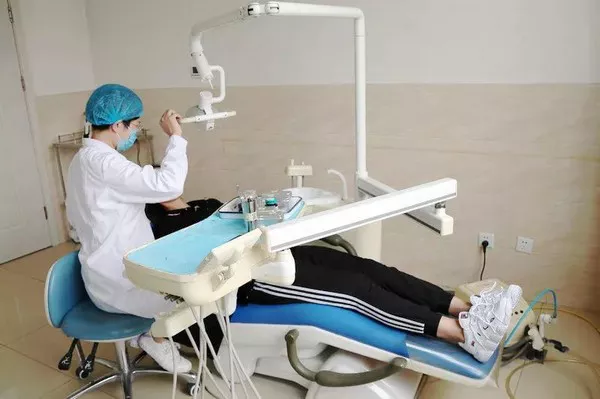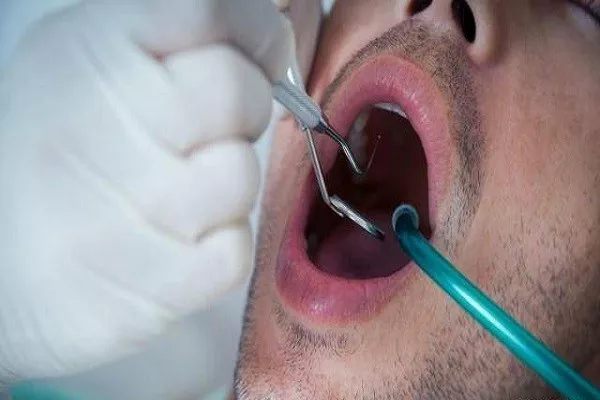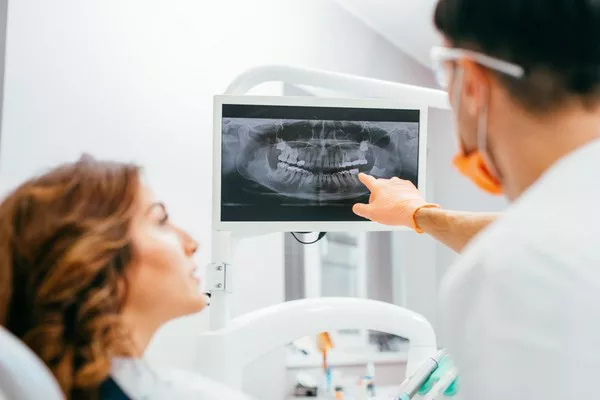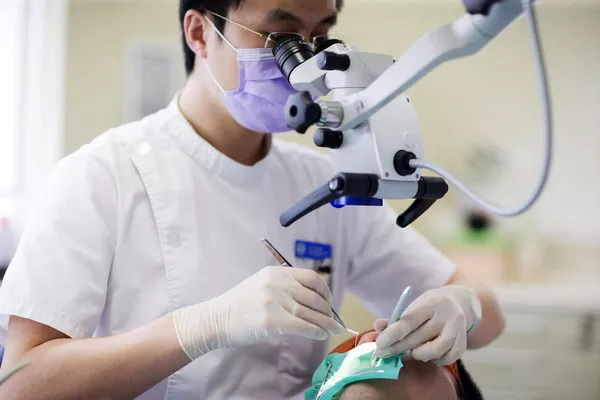Orthodontics is a branch of dentistry that focuses on the alignment of teeth and jaws to achieve a healthy and functional bite. In the field of orthodontics, various appliances are used to correct misalignments and achieve the desired dental and facial aesthetics. One category of orthodontic appliances is removable appliances. In this comprehensive guide, we will explore what removable appliances in orthodontics are, their types, functions, benefits, and how they are used to enhance your oral health and smile.
Understanding Removable Appliances
Removable appliances in orthodontics are dental devices that can be taken out of the mouth by the patient. They are custom-made to fit the individual’s unique dental structure and treatment needs. These appliances serve various purposes, including the correction of minor orthodontic issues, the retention of corrected teeth, and the management of specific conditions.
Types of Removable Appliances
There are several types of removable appliances used in orthodontics, each designed for specific functions:
Retainers: Retainers are perhaps the most well-known removable appliances. They are used to maintain the alignment of teeth after orthodontic treatment with braces or other appliances. Retainers prevent teeth from shifting back to their original positions.
Palatal Expanders: Palatal expanders are used to widen the upper jaw when it is too narrow, creating more space for teeth to align correctly. They are commonly used in cases of crowding and crossbites.
Thumb/Finger Appliances: These appliances are designed to discourage thumb or finger sucking habits in children. Prolonged thumb or finger sucking can lead to dental misalignments and bite issues.
Space Maintainers: Space maintainers are used when a child loses a baby tooth prematurely. These appliances help preserve the space for the permanent tooth to erupt properly.
Functional Appliances: Functional appliances are used to correct bite problems and jaw discrepancies, especially in growing children. They work by influencing the growth and development of the jaw.
Aligners: Clear aligners, such as Invisalign, are a type of removable appliance used to straighten teeth. They are a popular alternative to traditional braces for older teenagers and adults.
Functions and Benefits of Removable Appliances
Removable appliances offer several important functions and benefits in orthodontics:
Alignment Maintenance: Retainers are essential for maintaining the alignment achieved through orthodontic treatment. They ensure that teeth remain in their corrected positions.
Early Intervention: Removable appliances like palatal expanders and functional appliances can address orthodontic issues early in children, potentially reducing the need for more extensive treatment later.
Versatility: Removable appliances are versatile and can be used for various orthodontic conditions, from minor tooth movements to more complex bite corrections.
Comfort and Convenience: Patients can remove these appliances for eating, cleaning, and special occasions, offering more comfort and convenience compared to fixed braces.
Improved Oral Health: Properly aligned teeth are easier to clean, reducing the risk of dental issues such as cavities and gum disease. Removable appliances contribute to overall oral health.
Psychological Benefits: Orthodontic treatment with removable appliances can boost a patient’s self-esteem by improving their smile and facial aesthetics.
How Removable Appliances Are Used
The use of removable appliances in orthodontics involves a carefully planned process:
Orthodontic Evaluation: A thorough orthodontic evaluation is conducted to assess the patient’s dental and facial structure. This evaluation helps determine the need for removable appliances and the specific type required.
Customization: Once the need for a removable appliance is established, it is custom-made to fit the patient’s mouth. This customization ensures comfort and effectiveness.
Instruction and Wear: Patients receive instructions on how to wear and care for their removable appliance. Consistent wear as directed by the orthodontist is crucial for achieving desired results.
Regular Check-ups: Patients typically have regular follow-up appointments with their orthodontist to monitor progress, make any necessary adjustments, and ensure that the appliance is working effectively.
Maintenance: Proper maintenance, including cleaning the appliance and following oral hygiene routines, is essential for the appliance’s longevity and overall oral health.
Conclusion
Removable appliances in orthodontics are valuable tools for achieving well-aligned teeth and a harmonious bite. They serve various functions, from maintaining alignment to early intervention and space preservation. By working closely with an orthodontist and following their recommendations, patients can enjoy the benefits of removable appliances, including improved oral health, enhanced aesthetics, and increased confidence in their smiles. Orthodontic treatment with removable appliances offers a path to a healthier, more beautiful smile for people of all ages.
Related Topics:
































